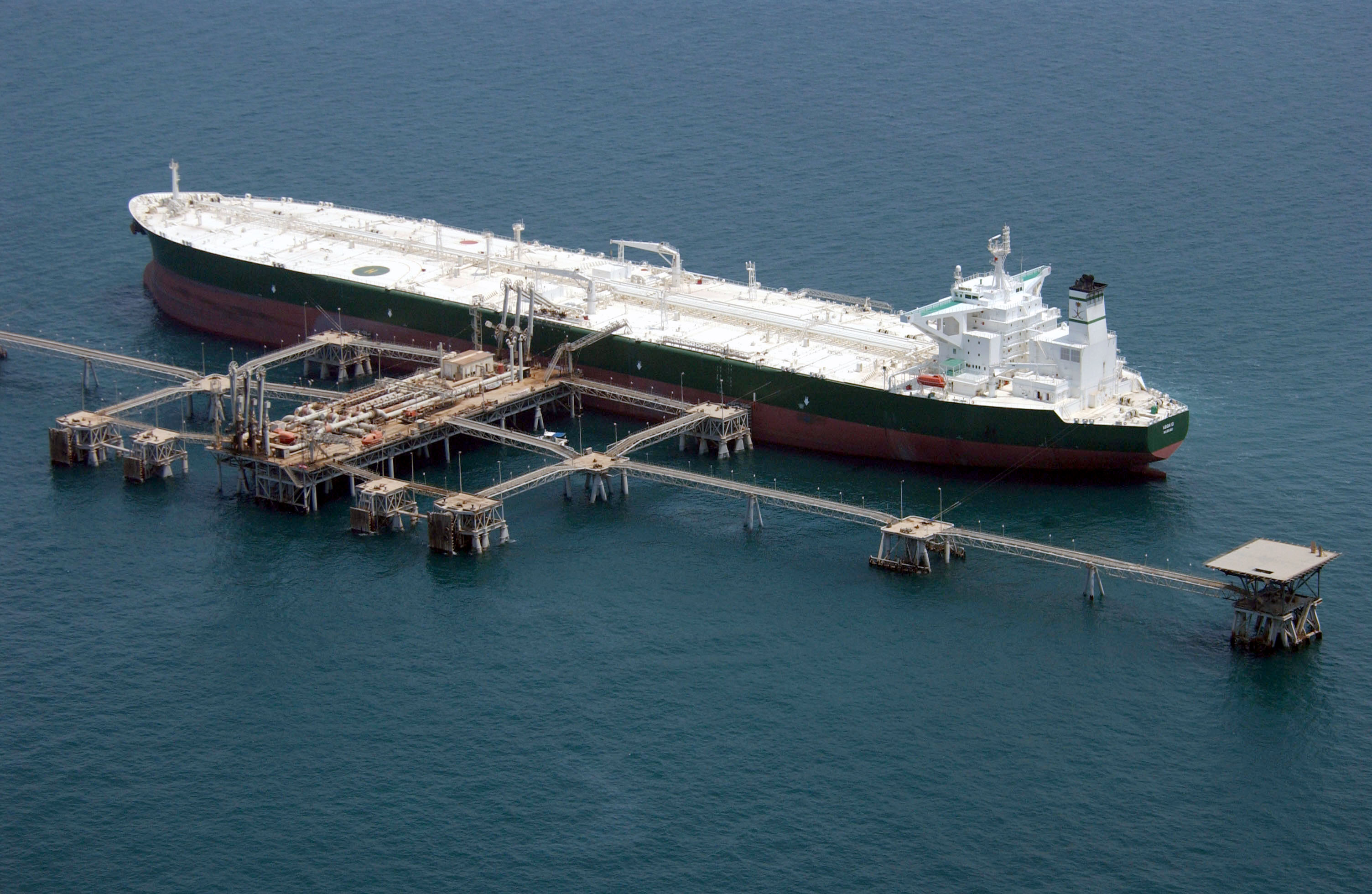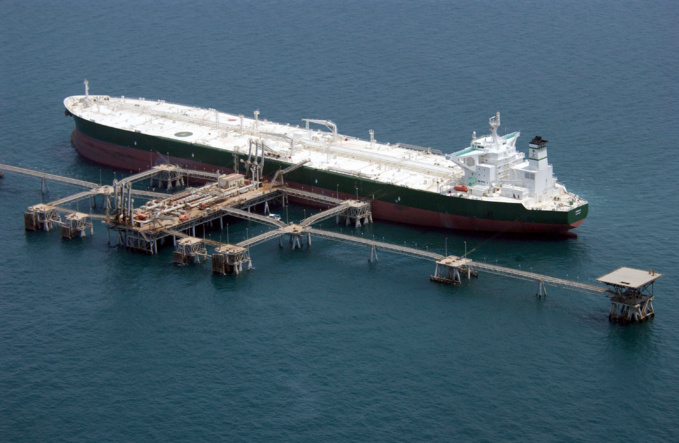In 2018, the market for marine transportation of oil and oil products has been in a serious condition. The excess carrying capacity in general kept freight rates low. According to Clarksons, the average spot price for the year in the Aframax class (deadweight to 120 thousand tons) grew by 16.6% to $ 16.17 thousand per day, Suezmax (200 thousand tons) - by 6.7% up to $ 16.47 thousand per day. The rate in the VLCC segment (up to 320 thousand tons) fell by 12.5% to $ 15.56 thousand per day, in the segment of transportation of petroleum products - by 14.3% to $ 8.75 thousand per day. For VLCC and petroleum tankers, the average annual spot rate has been the lowest since 1994 and 1992, respectively.
As a result, a significant part of the tanker companies in 2018 reduced their revenue in time-charter equivalent (TCE) and EBITDA, many went into net loss. Euronav's revenue grew by 1.9% to $ 459 million, but EBITDA decreased by 14% to $ 235 million, the company received a net loss of $ 110 million instead of net profit of $ 1 million. Scorpio Tankers revenue grew by 14.9% to $ 580 million, EBITDA - by 21.8%, to $ 212 million, but net loss increased from $ 150 million to $ 190 million. Nordic American Tankers revenue fell by 20% to $ 124 million, EBITDA - by 82.2%, to $ 8 million, but the net loss more than halved: from $ 205 million to $ 95 million. Teekay's separate division, Teekay Tankers’ TCE revenue grew by 11.6%, to $ 395 million, EBITDA - by 44%, to $ 124 million , reduction in net loss - by 8.6% (about $ 53 million). At the same time, Teekay itself, the largest owner of tankers in the world, had reduced TCE revenue by 9%, to $ 1.7 billion, although EBITDA also grew by 7.2%, to $ 538 million, and net loss decreased almost an order of magnitude, from $ 529 million to $ 58 million
However, analysts are cautiously optimistic about the market in 2019 due to record-breaking rates of tonnage. According to the Clarksons, in 2018, 177 tankers were written off with a total deadweight of 21 million tons, of which 103 (17.8 million tons) were oil. This is the largest volume of write-offs since 1985. The fleet, on the contrary, is growing extremely slowly: there were 92 oil product tankers commissioned, and it is the minimum number since 2002.
In 2019, despite the drop in exports from Iran and Venezuela, the demand for tanker shipments of oil is expected to grow by 3.8%. According to Clarksons, it will be driven by an increase in processing capacity in Southeast Asia and production in Brazil against the background of steady exports from the United States and imports to China. The growth of tanker shipments of petroleum products is projected at 3.5%. Fleet growth in 2019 for oil tankers is expected to be 3.6%, for grocery - 2.9%. In 2020, the growth rate will decline to 1.1% and 1.5%, respectively.
Tanker companies are placing great hopes on the entry into force of the International Maritime Organization (IMO) environmental standard from January 1, 2020. According to it, vessels outside the special emission control zones will not be able to use fuel with a sulfur content of more than 0.5% (now it is 3.5%). Since 2015, a more stringent limit of 0.1% is applied in the emission control zones, including the Baltic, North, Mediterranean, Caribbean and waters off the coast of North America. According to Clarksons, tightening regulation can lead to an accelerated write-off of ships, which will help to achieve a balance in tonnage against the background of a reduction in the supply of new ships in 2020 by 25%. Introduction of the standard will require refining growth, which will lead to an increase in demand for oil transportation at the level of 5%, especially for VLCC (an increase of 6%). The demand for the transportation of petroleum products in 2020, according to Clarksons, will grow by 6%.
Morgan Stanley says that the IMO standard will increase maritime trade in oil and oil products due to an increase in refining. The demand for tankers will also grow due to the need to store excess fuel oil or transport it to power plants in the Middle East. Morgan Stanley believes that in 2019 freight rates will be relatively low due to the containment of OPEC + quotas, but by the end of the year they will go up as a result of removing restrictions on oil production, introducing IMO standards and increasing exports from North America level in 2020–2021.
source: bloomberg.com, reuters.com
As a result, a significant part of the tanker companies in 2018 reduced their revenue in time-charter equivalent (TCE) and EBITDA, many went into net loss. Euronav's revenue grew by 1.9% to $ 459 million, but EBITDA decreased by 14% to $ 235 million, the company received a net loss of $ 110 million instead of net profit of $ 1 million. Scorpio Tankers revenue grew by 14.9% to $ 580 million, EBITDA - by 21.8%, to $ 212 million, but net loss increased from $ 150 million to $ 190 million. Nordic American Tankers revenue fell by 20% to $ 124 million, EBITDA - by 82.2%, to $ 8 million, but the net loss more than halved: from $ 205 million to $ 95 million. Teekay's separate division, Teekay Tankers’ TCE revenue grew by 11.6%, to $ 395 million, EBITDA - by 44%, to $ 124 million , reduction in net loss - by 8.6% (about $ 53 million). At the same time, Teekay itself, the largest owner of tankers in the world, had reduced TCE revenue by 9%, to $ 1.7 billion, although EBITDA also grew by 7.2%, to $ 538 million, and net loss decreased almost an order of magnitude, from $ 529 million to $ 58 million
However, analysts are cautiously optimistic about the market in 2019 due to record-breaking rates of tonnage. According to the Clarksons, in 2018, 177 tankers were written off with a total deadweight of 21 million tons, of which 103 (17.8 million tons) were oil. This is the largest volume of write-offs since 1985. The fleet, on the contrary, is growing extremely slowly: there were 92 oil product tankers commissioned, and it is the minimum number since 2002.
In 2019, despite the drop in exports from Iran and Venezuela, the demand for tanker shipments of oil is expected to grow by 3.8%. According to Clarksons, it will be driven by an increase in processing capacity in Southeast Asia and production in Brazil against the background of steady exports from the United States and imports to China. The growth of tanker shipments of petroleum products is projected at 3.5%. Fleet growth in 2019 for oil tankers is expected to be 3.6%, for grocery - 2.9%. In 2020, the growth rate will decline to 1.1% and 1.5%, respectively.
Tanker companies are placing great hopes on the entry into force of the International Maritime Organization (IMO) environmental standard from January 1, 2020. According to it, vessels outside the special emission control zones will not be able to use fuel with a sulfur content of more than 0.5% (now it is 3.5%). Since 2015, a more stringent limit of 0.1% is applied in the emission control zones, including the Baltic, North, Mediterranean, Caribbean and waters off the coast of North America. According to Clarksons, tightening regulation can lead to an accelerated write-off of ships, which will help to achieve a balance in tonnage against the background of a reduction in the supply of new ships in 2020 by 25%. Introduction of the standard will require refining growth, which will lead to an increase in demand for oil transportation at the level of 5%, especially for VLCC (an increase of 6%). The demand for the transportation of petroleum products in 2020, according to Clarksons, will grow by 6%.
Morgan Stanley says that the IMO standard will increase maritime trade in oil and oil products due to an increase in refining. The demand for tankers will also grow due to the need to store excess fuel oil or transport it to power plants in the Middle East. Morgan Stanley believes that in 2019 freight rates will be relatively low due to the containment of OPEC + quotas, but by the end of the year they will go up as a result of removing restrictions on oil production, introducing IMO standards and increasing exports from North America level in 2020–2021.
source: bloomberg.com, reuters.com



















